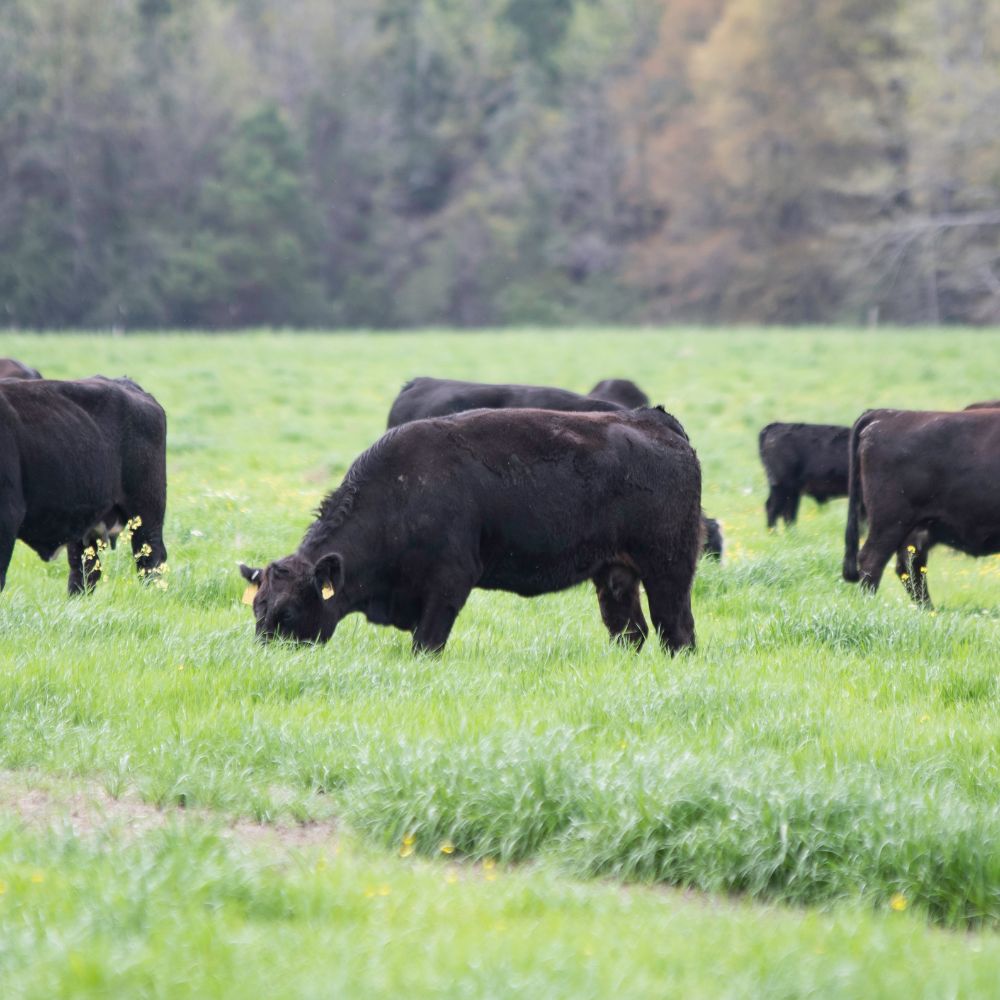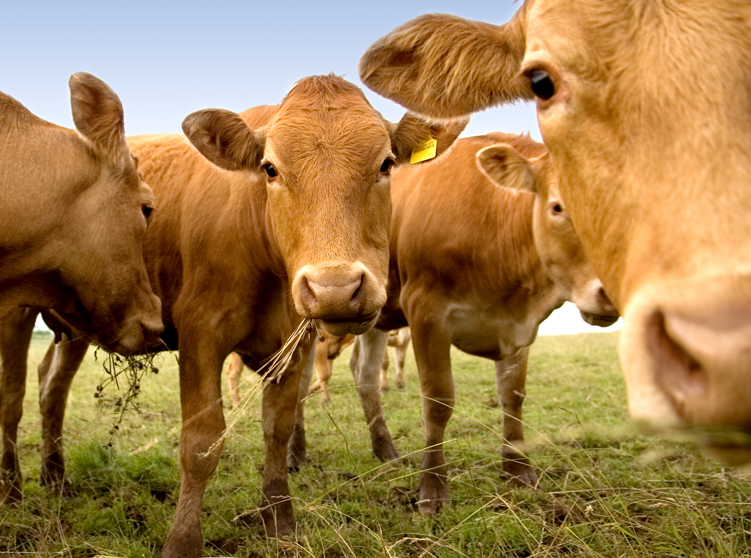Opening Growth Potential: Bagley Risk Management Approaches
Opening Growth Potential: Bagley Risk Management Approaches
Blog Article
Key Variables to Think About When Choosing Animals Risk Protection (LRP) Insurance Policy
When assessing options for Animals Risk Defense (LRP) insurance, numerous key factors call for cautious factor to consider to make sure effective threat management in the agricultural field. Selecting the appropriate protection options customized to your specific livestock procedure is paramount, as is comprehending how exceptional expenses associate with the level of security used. Furthermore, the eligibility standards for various kinds of livestock and the flexibility of the policy to adjust to transforming scenarios are essential components to consider. Furthermore, the effectiveness and transparency of the claims process can significantly impact the overall experience and monetary results for animals manufacturers. By purposefully navigating these crucial variables, manufacturers can guard their financial investments and reduce potential dangers effectively.
Coverage Options
When taking into consideration Animals Risk Defense (LRP) insurance coverage, it is vital to recognize the various protection choices available to alleviate risks in the agricultural market. Animals Danger Defense (LRP) insurance policy supplies various insurance coverage alternatives customized to meet the diverse needs of animals producers. Bagley Risk Management. Among the key coverage options is rate insurance coverage, which shields against a decrease in market prices. Manufacturers can pick the protection level that straightens with their rate risk monitoring objectives, permitting them to safeguard their procedures against possible monetary losses.
An additional essential insurance coverage option is the recommendation duration, which identifies the length of time the insurance coverage is in impact. Producers can select the recommendation period that finest fits their production cycle and market problems. Additionally, coverage levels and rates differ based on the type of animals being insured, giving producers the flexibility to personalize their insurance coverage intends according to their details needs.
Comprehending the various protection alternatives available under Animals Danger Security (LRP) insurance policy is critical for manufacturers to make informed choices that successfully secure their livestock operations from market uncertainties.
Costs Costs

Animals Danger Security (LRP) insurance offers important protection options customized to minimize dangers in the agricultural field, with a considerable facet to think about being the estimation and structure of premium costs. When figuring out premium costs for LRP insurance policy, numerous elements come right into play. These include the kind and variety of animals being guaranteed, the coverage level picked, the current market prices, historic cost information, and the length of the insurance coverage period. Insurance providers may additionally consider the place of the ranch, as geographical elements can affect the total risk account.
Premium expenses for LRP insurance policy are usually determined based upon actuarial information and run the risk of evaluation designs. Insurance firms assess historic information on livestock prices and manufacturing prices to figure out an appropriate premium that mirrors the level of danger included. It is necessary for livestock manufacturers to carefully review premium expenses and protection options to ensure they are appropriately secured against possible monetary losses as a result of negative market problems or unanticipated occasions. By recognizing just how premium expenses are calculated and structured, producers can make enlightened decisions when selecting the appropriate LRP insurance plan for their operation.
Qualified Livestock
The determination of eligible animals for Animals Threat Security (LRP) insurance coverage entails mindful factor to consider of particular criteria and attributes. Livestock kinds that are commonly eligible for LRP insurance visit here policy consist of feeder livestock, fed lambs, cattle, and swine. These animals must meet certain credentials connected to weight ranges, age, and meant usage. Additionally, the qualification of livestock may differ based upon the specific insurance copyright and the terms of the plan.
Feeder livestock, for instance, are typically qualified for LRP protection if they drop within specified weight ranges. Fed cattle might also be eligible, yet they should satisfy certain weight and top quality grade needs. Swine eligible for protection typically consist of market weight pets meant for massacre. Lambs are an additional classification of livestock that can be considered for LRP insurance policy, with aspects such as weight and age playing a vital duty in identifying their qualification.
Prior to picking LRP insurance for animals, producers need to meticulously examine the qualification requirements laid out by the insurance policy copyright to ensure their animals fulfill the needed needs for protection.
Policy Adaptability
Policy versatility in Animals Risk Security (LRP) insurance coverage enables producers to customize protection to suit their certain requirements and risk management approaches. This versatility empowers animals manufacturers to personalize their insurance coverage based on aspects such as the kind of animals they possess, market problems, and individual risk resistance degrees. One key element of plan flexibility in LRP insurance coverage is the capability to choose insurance coverage degrees that straighten with the producer's monetary goals and risk exposure. Manufacturers can choose insurance coverage levels that protect them against potential losses as a result of fluctuations in animals costs, guaranteeing they are sufficiently insured without overpaying for unneeded insurance coverage. Furthermore, LRP insurance policy supplies flexibility in plan duration, allowing producers to pick coverage durations that ideal fit their manufacturing cycles and advertising and marketing timelines. By using personalized choices, LRP insurance allows manufacturers to efficiently manage their risk exposure while safeguarding their animals operations against unforeseen market volatility.
Insurance Claims Process
Upon experiencing a loss or damage, manufacturers can initiate the cases procedure for their Animals Danger Security (LRP) insurance coverage by quickly calling their insurance company. It is essential for manufacturers to report the loss as quickly as possible to accelerate the claims process. When getting to out to the insurance company, manufacturers will require to supply in-depth details about the case, including the date, nature of the loss, and any kind of relevant documents such as veterinary documents or market value.

After the analysis is complete, the insurance coverage company will certainly read the article decide relating to the case and interact the end result to the producer. If the insurance claim is approved, the manufacturer will certainly obtain payment according to the regards to their Animals Threat Defense (LRP) insurance coverage plan. Bagley Risk Management. It is essential for producers to be aware of the cases process to guarantee a smooth experience in the event of a loss

Conclusion
To conclude, when picking Livestock Risk Defense (LRP) insurance coverage, it is vital to take into consideration protection choices, premium costs, eligible livestock, plan adaptability, and the claims process. These key aspects will assist make certain that farmers and breeders are adequately protected against possible threats and losses related to their animals operations. Making a notified choice based upon these considerations can eventually lead to far better financial security and satisfaction for livestock manufacturers.
Livestock Risk Protection (LRP) insurance uses various coverage options tailored to fulfill the varied needs of animals producers.The determination of qualified animals for Livestock Risk Protection (LRP) insurance coverage involves mindful factor to consider of particular requirements and features.Plan adaptability in Animals Threat Protection (LRP) insurance coverage permits producers to customize coverage to match their details demands and take the chance of monitoring methods.Upon experiencing a loss or damage, producers can launch the insurance claims process for their Animals Threat Security (LRP) insurance coverage by immediately contacting their insurance coverage provider.In final thought, when picking Livestock Threat Protection (LRP) insurance coverage, it is crucial to take into consideration coverage choices, premium prices, qualified animals, policy adaptability, and the claims process.
Report this page